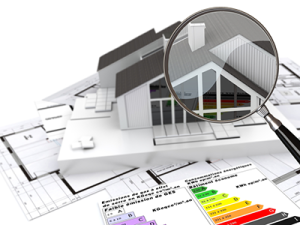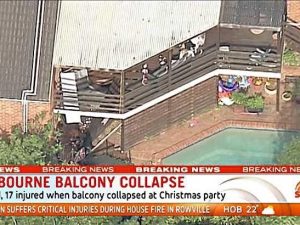
If you are buying your dream home or investment property, it should be remembered that if the property is showing signs of stump damage, it is important to get a professional building consultant to have a look at your property. A house may appear quite sound during a visual inspection but could start to sink shortly afterwards if the stumps have just reached failure point.
Some properties defy the law of gravity and remain standing despite serious wood rot and termite damage to their timber stumps.
The three main reasons timber stumps deteriorate, or fail are:
- Wood Rot- Timber rot occurs when timber is allowed to become damp and remain that way for a long period.
- Termite Damage- Termites feed on a wide variety of plant material, unfortunately including the timber our houses are commonly built from. They are quite common throughout Australia, although worse in northern regions (Queenslanders will know what I mean). Tasmania, though, is blessed with no issues from termites, largely due to isolation and a relatively cold climate.
- Damp and moisture- Damp and moisture can cause a range of structural problems as discussed above, including timber rot and the encouragement of damaging termite activity, but dampness in the foundations of a building (the soil around the building footings) can also cause cracking in walls and, in extreme cases, movement in concrete slabs that can impact an entire house.
Should any of these signs be apparent in your home or the home you are about to purchase don’t risk it! and seek advice from a licensed building inspector as house restumping can be an expensive surprise. Restumping any house is a big undertaking and if it’s not handled correctly, it could be very expensive.
Some signs that you might need to restump your home:
- Uneven floors- In brick houses, where the bearers are supported on brick piers at the ends, rotten stumps will cause a sinking effect in the centre of rooms. Contrary to popular belief, the condition of stumps in weatherboard homes cannot be confirmed by jumping on the floors.
- If the stumps have rotted evenly, the floors may appear firm and flat, however they will almost always slope away from brick fireplaces. Use a spirit or dumpy level to see exactly how much they’re sloping.
- The first signs that a home could have rotten or sinking stumps usually appear in unexpected areas such as the doors and windows not operating correctly or cracking to the wall and ceiling linings.
- Cracks in the wall-There may be cracks you see on the wall can be indicative of “sinking” stumps in one area of your home.
Remember, the best way of avoiding expensive problems is to be aware of them before you undertake repairs and renovations. Buying a new home is an exciting time and the process can be fun if you do the right preparation. Contact your local Jim’s Building Inspector on 131 546 and they can help you through the process.




